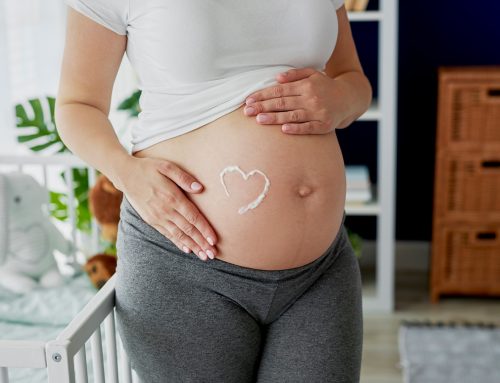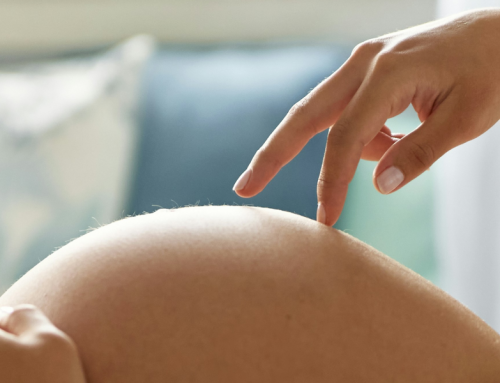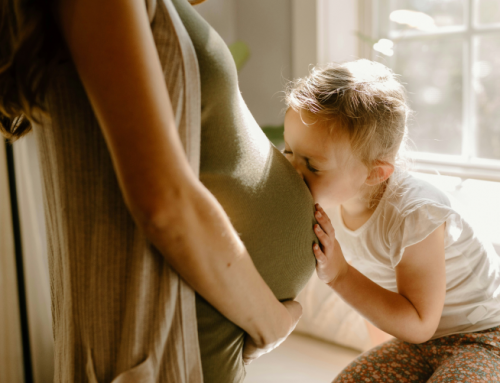- The study identifies no difference in the survival and fertilisation rates of vitrified oocytes stored for 4 to 8 years compared to those stored for shorter periods. Pregnancy and birth rates also remained high.
- For this research, more than 5,000 in vitro fertilisation cycles in patients using previously vitrified donor eggs were analysed.
- Thanks to egg freezing or oocyte vitrification, a woman’s mature eggs can be kept for future use with the same chance of pregnancy as at the time of the treatment.
- Eugin presented a total of six new studies at the ESHRE 2022, some of which deepen our understanding of oocytes and their processes for the purpose of further advancing our understanding of how to improve oocyte quality in women.
Researchers at Eugin assisted reproduction and fertility centres have corroborated that oocytes vitrified for long periods of time, that is, between 4 and 8 years, remain intact in terms of quality. To this end, they have analysed more than 5,000 in vitro fertilisation cycles in patients who used previously vitrified donor oocytes.
According to the conclusions, presented at the 38th Annual Congress of the European Society of Human Reproduction and Embryology (ESHRE), which took place from July 3 to 6 in Milan, following an analysis that took into account a large number of variables, no differences were identified in either survival or fertilisation rates in those oocytes stored for between 4 and 8 years compared to those kept for shorter periods. Pregnancy and birth rates also remained high.
“Egg vitrification is currently the most effective method for oocyte freezing and fertility preservation. However, as it is a relatively recent technique, which started to be used routinely about 10 years ago, the effect of long-term storage of oocytes in nitrogen banks was unknown,” said Dr Marc Torra-Massana, a biologist at Eugin and the lead researcher of the study.
Specifically, the method used in oocyte vitrification is ultra-rapid freezing, by which the eggs are immersed in liquid nitrogen at -196ºC. In this way, the cells remain unaltered for an indefinite period of time until they are used. At Eugin, the oocytes are preserved in state-of-the-art containers known as vapour-phase liquid nitrogen tanks.
Vitrifying eggs to preserve fertility
Egg freezing or oocyte vitrification is used to preserve a woman’s fertility. Using this technique, a woman’s mature eggs can be stored for future use with the same chances of pregnancy as at the time the treatment was carried out. For example, a woman could vitrify her eggs at the age of 29 and use them at the age of 40, preserving the chances of pregnancy at the time of vitrification.
Oocyte vitrification is used for medical reasons, that is, in patients undergoing treatments that are very aggressive for their fertility, such as oncological treatments, or gynaecological surgery; and it is also used for social reasons, in other words, if the woman decides to postpone motherhood for personal reasons.
This procedure is usually performed for women up to the age of 40 (although it is particularly recommended for women under the age of 35) who want to become mothers in the future, because depending on the age of the woman at the time of egg freezing, the success rate of the egg freezing treatment varies. For this reason, the younger the age at which fertility is preserved, the better the success rate.
“The results of this study, on which we have worked for 8 years, between 2013 and 2021, represent a further step forward in the knowledge of vitrification when applied to oocyte cryopreservation. They enable us to conclude that this technique is a suitable alternative for young patients who need to preserve their eggs in the long term, while providing new options for egg donation programmes, which are increasingly in demand in society,” said Torra-Massana.
Findings for the improvement of oocyte quality
Eugin presented a total of six new studies at ESHRE 2022, some of which deepen our understanding of eggs and the processes involved. From a scientific perspective, the aim is to continue to delve ever deeper into the advances made in improving the oocyte quality of women in order to respond to the social demands resulting, among other things, from the delay in becoming a mother.
In this regard, one of the studies, led by Eugin researcher Sara Pietroforte, has explored the hitherto little-studied process of splicing, which is responsible for gene regulation, revealing that it plays a fundamental role in the final stages of oocyte maturation, which are decisive for obtaining good quality embryos.
At the same time, Eugin researcher Dr Filippo Zambelli has presented a study that shows that oocytes from women of advanced reproductive age have a reduced metabolism compared to that of younger women, which is associated with a lower maturation rate, thus identifying a possible factor for oocyte enhancement among older women.
Clinical practice with mosaic embryos
Other research that Eugin unveiled at ESHRE 2022, led by researcher Mina Popovic, will set a new precedent in the way assisted reproduction centres approach clinical practice using mosaic embryos. Until now, the use of these embryos, which have a mixture of healthy and altered cells and therefore cannot be classified as fully suitable or unsuitable, is mainly a decision for clinics and patients. Due to the scarce scientific information on these embryos, only 10% of them are being used.
The study, which involved the collaboration of 18 assisted reproduction centres and eight PGT-A laboratories in five countries (Brazil, United States, Spain, Argentina and Belgium), reviewed a total of 36,395 analyses, concluding that there is a great disparity of criteria between laboratories regarding the diagnosis of mosaic embryos, thereby reducing the chances of success of assisted reproduction treatment, since, due to precautionary measures, in the majority of cases they are ruled out.
In this regard, the research is committed to delving further into this field, while at the same time recommending that this classification should no longer be used in clinical practice. “At the moment, doubts remain about the impact of the analysis techniques, as well as the interpretation of the results obtained, when talking about mosaic embryos. Due to the great disparities between testing laboratories, the application of this diagnosis often generates uncertainty and, as things stand today, could even undermine the chances of successful treatment, especially in women with very few embryos,” said Popovic.






